Prussian mathematician-astronomer Nicolaus Copernicus proposed a then-bold and controversial theory in 1543 that the earth revolved around the sun. Orthodox theory at the time held that the earth was a fixed and unmoving body at the center of the universe. Copernicus' De Revolutionibus ("On the Revolutions of the Heavenly Spheres"), published the year of his death, challenged humanity's understanding of how systems form.
Many generations later, a group of Montreal galactic experts discovered that every planet in a system is close in size and similarly spaced in its orbit in comparison with planets in other systems. Their discovery of a universal harmony expanded science's understanding of how to define and understand what constitutes harmonious proportion (symmetry!).
Does body movement education unintentionally toss us back to pre-Copernican thinking? Are we over-valuing an outdated and limited understanding of balance and symmetry?
These questions came up the other day when I watched a 1990s-era video of a large group yoga asana class. The teacher nodded in approved satisfaction after surveying a room full of students that he just finished "successfully adjusting" into classic alignment for triangle pose. Everyone's arms in rigid perpendicular orientation to mats, dozens of pelvises torqued into more or less same angle, necks strained skyward regardless of whether faces attached to them were squinting and anxious. From a distance, the scene had a sort of mildly comforting sameness and predictability. Looking closer, most of them looked like they were trapped in the dentist's chair forced to view the cable channel they hated most.
What came into focus watching that video, for me, was a renewed and keen appreciation of Erich Schiffmann from my earliest days learning about this whole yoga thing from him. He modeled the idea that harmonious, balanced, and appropriate alignment is 100 percent an inside job. More often than not, for the human sitting in the teacher's seat, learning to invite and encourage what looks from the outside like asymmetry is where it's at, as long as it's a reflection of refined inner sensitivity that's guided by breath.
Erich counseled his teacher trainees:
Explain in simple words why you are doing it the way you are doing it, teach what you think is important, teach options and choices and the importance of learning to be guided from within, teach at a level you like, ask them to follow the human teachers instructions, and then provide a few minutes in class for freeform practice, where they not only can do whatever they want, but you are encouraging them to do just that.
It's an ongoing lifetime education for any of us bold or foolish enough to sit in the teacher's seat — learning to look at a room full of differently 'posed' bodies. With instruction cues focused less on the gross outer forms and more on the imperative to breathe into harmonious, liberating alignment from the inside out.
The longer I’m in this teaching game, the more sure I am of just how unsure I am about what kind of practice is best and most appropriate for you. I'll always do my best to share the fundamentals of safe alignment and the centrality of breath to the practice. When it comes to what your yoga practice 'should' look like from the outside? Your inner authority is infinitely more informed, intelligent, and competent than I could ever hope to be.
In one of his most impassioned and sensual letters, English poet William Blake suggested that our experience of a tree reflects how we see the world: "The tree which moves some to tears of joy is in the eyes of others only a green thing which stands in the way. As a man is, so he sees."
When we're together in a class setting, whether you know it or not, you're helping me learn to see. My experience of seeing you in all your precious, precocious individuality upgrades how I see and experience the world. And yes, sometimes it moves me to tears.
Thank you for that.









